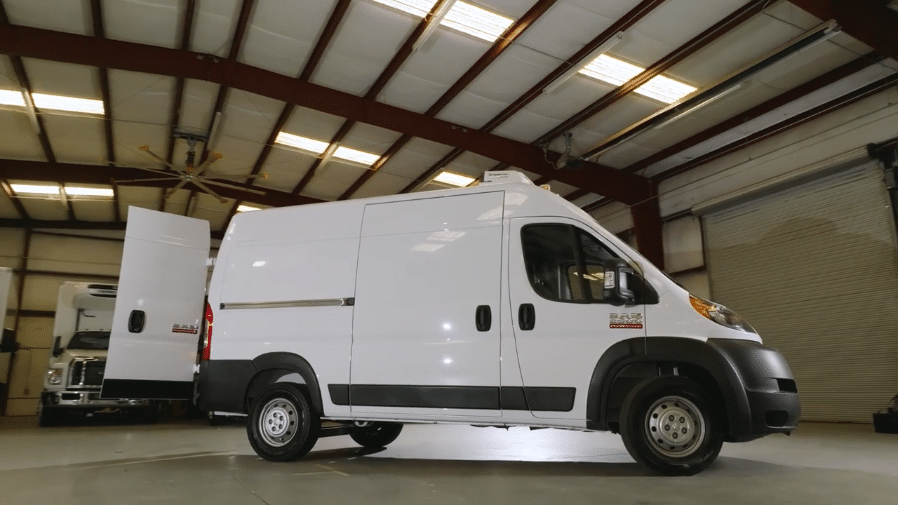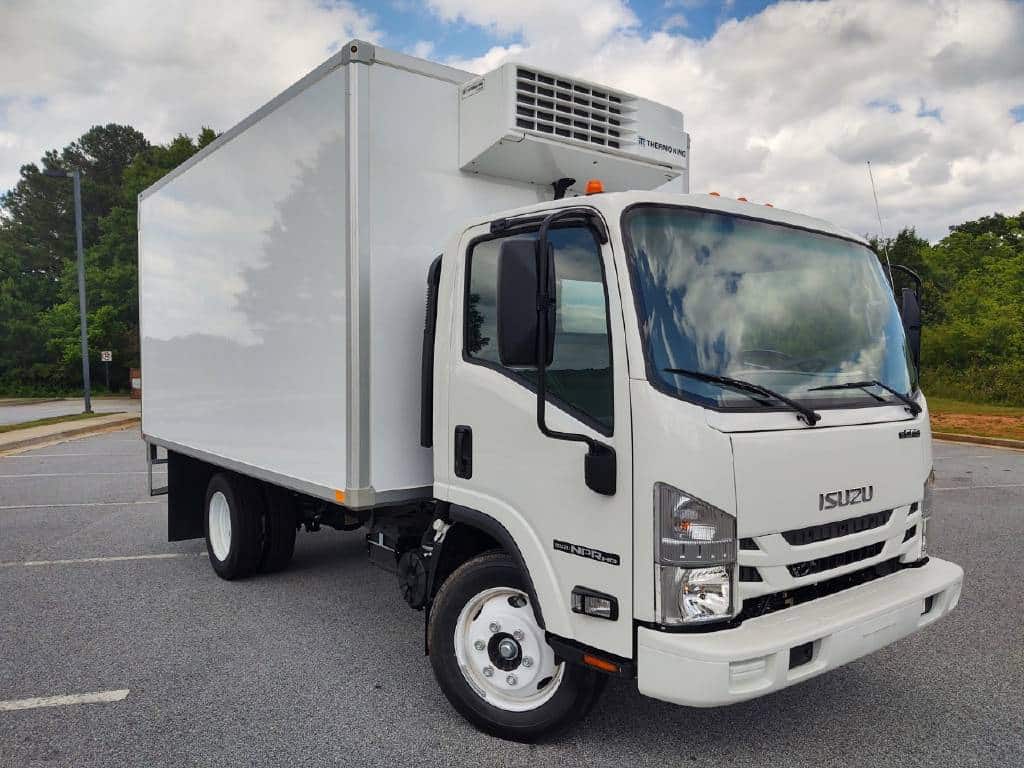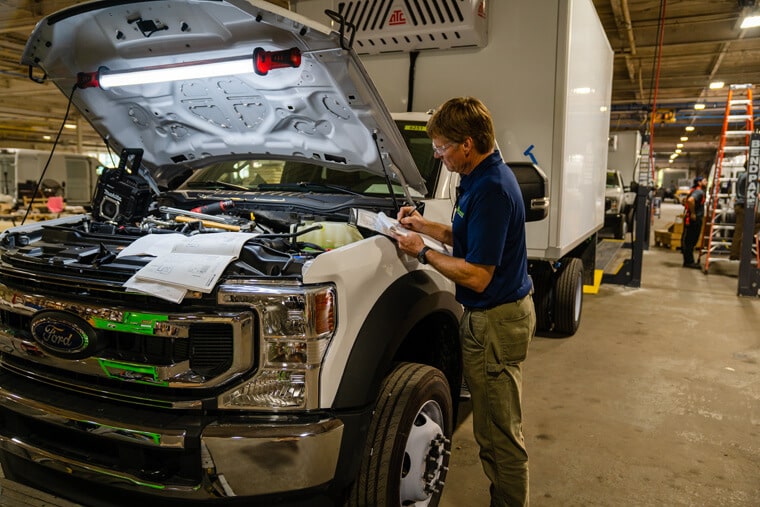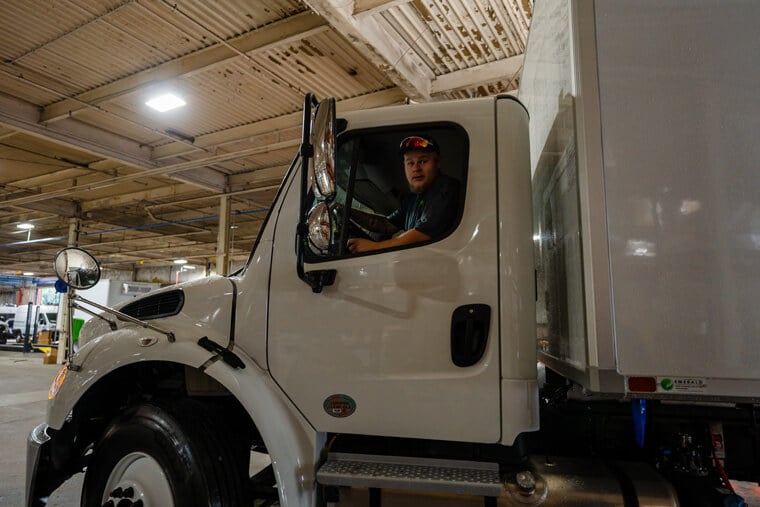
Seafood Safety Standards: How Refrigerated Vehicles Ensure Compliance
emerald-admin | March 29th, 2024
Seafood transportation stands as a critical link in the supply chain, demanding thorough attention to detail in order to uphold safety and quality standards. At Emerald Transportation Solutions, we offer an extensive range of refrigerated vehicles for sale tailored to businesses involved in transporting temperature-sensitive items, including seafood. Here’s how our refrigerated trucks and vans guarantee compliance with seafood safety standards.
Precise Temperature Control
Knowing how to ship seafood safely, especially live specimens, necessitates stringent temperature control to sustain optimal conditions. Refrigerated trucks are equipped with advanced cooling systems capable of maintaining precise temperature ranges, typically 41°F or colder, crucial for preserving seafood freshness. These vehicles prevent the growth of bacteria and instances of contamination, effectively extending the shelf life of delicate seafood products.
Varied Shipping Requirements
Seafood shipping requirements vary depending on the type of seafood being transported. Finfish and shellfish, the two most common categories, demand distinct approaches to handling. Finfish like tuna and salmon require rigid packaging to ensure freshness. On the other hand, shellfish, such as oysters, clams, and scallops, require sturdy containers to prevent crushing and a damp environment for moisture control.
Optimized Survival Rates
Maintaining tight temperature control during transport is of prime importance for ensuring the survival rates of live seafood. Different species have varying temperature requirements, and a refrigerated van or refrigerated truck for sale from our inventory will provide you with customizable temperature settings to accommodate these nuances. From spanner crabs to mud crabs, each species requires specific temperature ranges to minimize stress and maximize survival rates.
Controlled Environment
Refrigerated trucks create sealed environments that shield seafood from fluctuations in external temperature and the risk of contamination. These vehicles accommodate multiple compartments, each maintaining specific temperature ranges tailored to the unique needs and requirements of different seafood varieties. Whether transporting frozen fish fillets or live shellfish, our refrigerated trucks ensure consistent temperature conditions throughout the journey.
Proper Maintenance Practices
To uphold food safety standards and ensure safe transportation for food, including seafood, refrigerated trucks should undergo regular cleaning and maintenance procedures. Thorough cleaning of compartments and refrigeration units mitigates the risk of cross-contamination and ensures product integrity throughout the shipping process. By adhering to stringent maintenance protocols, you can guarantee the safety, quality, and freshness of the seafood you transport.
Ensure Seafood Quality With Our Refrigerated Vehicles
Refrigerated trucks play a pivotal role in safeguarding the quality and safety of perishable goods, particularly seafood, during transit. At Emerald Transportation Solutions, we offer a comprehensive refrigerated vehicle inventory that assures optimal temperature control, regulatory compliance, and uncompromised quality throughout the shipping process.
For any questions about our refrigerated and insulated truck and van inventory, call us today at 678.831.9975 or complete our contact form and leave us a message. Experience the difference with Emerald Transportation Solutions – where quality meets reliability in seafood transportation.
Related Articles
Contact Us
Feel Free To Contact Us If You Have Any Questions
What does under DOT mean?
Questions regarding DOT requirements come up often. 10,000 lbs GVW (gross vehicle weight) and over are commercial vehicles that fall under the Department of Transportation regulatory requirements.
What is the difference between GVW and payload?
GVW or Gross Vehicle Weight is the entire weight of the vehicle including the payload. The payload weight represents the amount of cargo you are hauling.
What is a self-powered unit and a vehicle-powered unit?
A self-powered unit has its own fuel source and will run independent of the truck. This is the heaviest and most expensive option. While vehicle-powered units run off the engine via a compressor mounted on the engine. These are less expensive and lighter in weight but you must run the truck or plug the electric standby into shore power.
What does K-factor mean and why is that important?
K-factor is a term that stands for the overall insulating value of the container (truck body). Quite simply the lower the K-factor the better the truck body will be able to maintain a given temperature and require less energy to do so.
How much lighter is a Poly Van vs a US spec body?
Poly Van bodies are very light. On average we estimate we are 75-150 lbs per foot lighter than a traditional sheet and post foamed in place body. These weight savings translates to less fuel burn and less CO2 emissions, along with added payload, the most important benefit.






